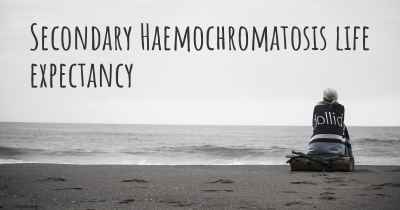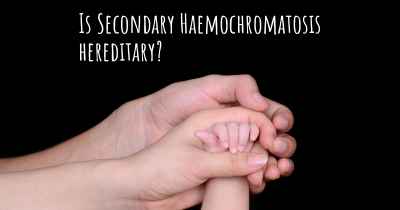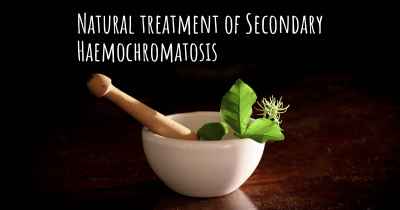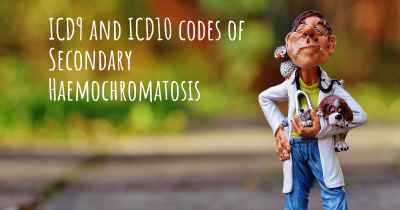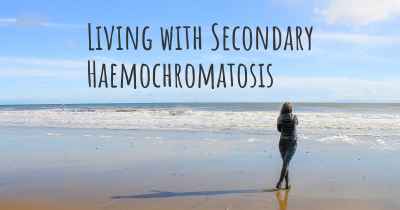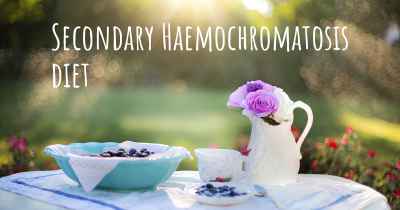Is it advisable to do exercise when affected by Secondary Haemochromatosis? Which activities would you suggest and how intense should they be?
See if it is advisable for people with Secondary Haemochromatosis to practice sports and which ones are the most recommended if you have Secondary Haemochromatosis
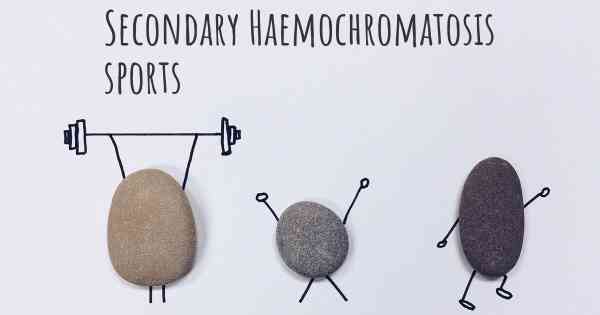
Secondary haemochromatosis is a condition characterized by excessive iron accumulation in the body due to another underlying condition or factor. It can lead to various health complications if not managed properly. When it comes to exercise and physical activity, it is important to approach it with caution and seek guidance from a healthcare professional. While exercise can have numerous benefits for overall health, it is crucial to consider the specific needs and limitations of individuals with secondary haemochromatosis.
Benefits of Exercise:
Regular exercise can provide several benefits for individuals with secondary haemochromatosis. It can help improve cardiovascular health, enhance muscle strength and flexibility, boost mood, and promote overall well-being. Additionally, exercise can aid in weight management, which is important as obesity can exacerbate the symptoms and complications of haemochromatosis.
Types of Exercise:
When it comes to choosing the right types of exercise, it is important to focus on activities that are low-impact and do not put excessive strain on the joints. Some suitable exercises for individuals with secondary haemochromatosis may include:
- Aerobic exercises: Low-impact activities such as walking, swimming, cycling, or using an elliptical machine can help improve cardiovascular fitness without placing excessive stress on the joints.
- Strength training: Light to moderate resistance training using weights or resistance bands can help improve muscle strength and overall body composition. It is important to start with lighter weights and gradually increase intensity under the guidance of a healthcare professional.
- Flexibility exercises: Stretching exercises, yoga, or Pilates can help improve flexibility, joint range of motion, and posture. These activities can also promote relaxation and reduce stress levels.
Exercise Intensity:
The intensity of exercise should be tailored to the individual's fitness level, overall health, and any existing complications related to secondary haemochromatosis. It is important to start slowly and gradually increase the intensity and duration of exercise over time. Consulting with a healthcare professional or a qualified exercise specialist, such as a physiotherapist or exercise physiologist, can help determine the appropriate exercise intensity for each individual.
Considerations and Precautions:
While exercise can be beneficial, individuals with secondary haemochromatosis should take certain precautions to ensure their safety and well-being:
- Medical guidance: It is crucial to consult with a healthcare professional before starting any exercise program, especially if there are underlying health conditions or concerns.
- Hydration: Staying well-hydrated is important during exercise to prevent dehydration, especially for individuals with haemochromatosis who may have increased iron levels.
- Monitoring symptoms: Pay attention to any symptoms or signs of fatigue, dizziness, or shortness of breath during exercise. If any concerning symptoms arise, it is important to stop exercising and seek medical advice.
- Regular monitoring: Individuals with secondary haemochromatosis should have regular check-ups and blood tests to monitor their iron levels and overall health status.
Conclusion:
Exercise can be beneficial for individuals with secondary haemochromatosis, but it is important to approach it with caution and seek guidance from a healthcare professional. Low-impact aerobic exercises, strength training, and flexibility exercises can be suitable options, but the intensity should be tailored to the individual's needs and capabilities. By taking necessary precautions and monitoring their health, individuals with secondary haemochromatosis can incorporate exercise into their routine to improve their overall well-being.
